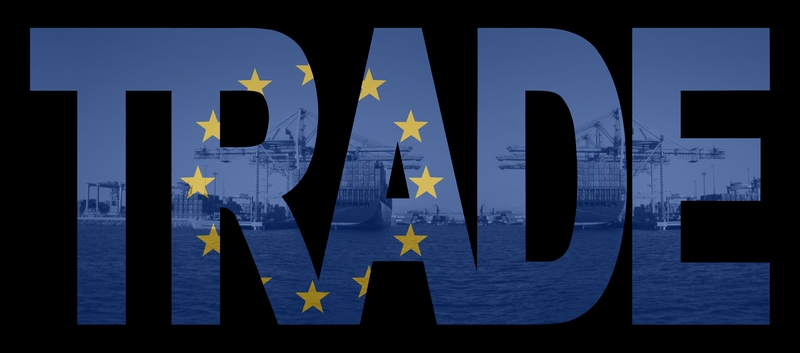
Options for EU trade policy
In late July, the Doha round suffered its umpteenth setback, when ministers from the member-states of the World Trade Organisation (WTO) failed to agree on a package to liberalise world trade. Talks have now been dragging on for seven years and they may never be concluded. With elections coming up in the US and India, and the European Commission due for reappointment in 2009, there is little prospect of any progress in the short term. Even when these hurdles are passed, a trade deal may remain elusive. If so, the EU will have to contemplate other ways of freeing trade. What options are available?
The first option would be for the EU to cut import tariffs unilaterally without waiting for others to reciprocate. This is what standard trade theory says countries should do. Why? Because contrary to widespread belief, the gains from trade come from imports, not exports. When a country puts up barriers to imports, it not only raises prices for domestic consumers. It also increases the ‘opportunity cost’ of production – that is, it diverts resources from producing the goods that the country makes most efficiently to the production of things that it is less good at making and that it should be buying from elsewhere. A country with import tariffs shoots itself in the foot.
The problem with unilateral liberalisation is political: it usually sparks opposition from those workers and business-owners who stand to lose from growing imports. And it fails to galvanise support from exporters, which often plays a vital role in multilateral trade negotiations. That is not to say that unilateral liberalisation is politically impossible: two-thirds of the tariff cuts in the developing world over the past 25 years have stemmed from unilateral actions, not multilateral obligations. But it may not be a viable political option for the EU, where mercantilist thinking runs deep and where protectionist lobbies are often strong.
A second option would be for the EU to conclude bilateral deals outside the framework of the WTO. The EU, of course, already has a long history of doing so – with neighbours, prospective members and countries with which existing members have close historical ties, such as former colonies. So extensive has the EU’s web of preferential trade agreements (PTAs) become that there are now only a handful of countries with which it still trades on the basis of strict WTO rules. But the EU could go the whole hog and cut bilateral deals with these remaining countries – wealthy economies such as Canada, Japan and the US.
Advocates of this option argue that it would provide a liberalising impetus to world trade, both by freeing up major arteries of the world economy and by putting pressure on China and India to be more constructive in the WTO. But there are two problems with this argument. First, there is no evidence that PTAs, which are proliferating across the globe, are doing much to advance the Doha round. Second, PTAs do not free up world trade, as their supporters claim, because they invariably discriminate against non-members.
So the Doha round in its current format may be dead. Unilateralism looks like a political non-starter. And bilateralism is economically undesirable. Is there no way out of the impasse? Actually, there might be. An escape route could be provided by a more flexible version of multilateralism. The Doha round is being negotiated on the basis of the ‘single undertaking’ – a principle which asserts that nothing is agreed until everything is agreed. In theory at least, the single undertaking improves the chances of concluding multilateral trade deals because it allows the participants to make complex trade-offs across different sectors.
In practice, it has not worked out this way because cuts in industrial tariffs have become hostage to the stasis on agricultural subsidies. The single undertaking is a device. It should not be a sacred cow. If it were jettisoned, a critical mass of countries could forge ahead and cut a deal on industrial tariffs. The idea is not as radical as it sounds. In the 1990s, agreements were reached on this basis in areas such as financial services, information technology and telecoms.
If the Doha round remains stuck, therefore, the EU should consider building a coalition of the willing to cut industrial tariffs. And if the participants could reduce tariffs to zero and extend the cut to all WTO members (whether they had signed up to the deal or not), they would strike a major blow for non-discrimination by making some PTAs redundant.
